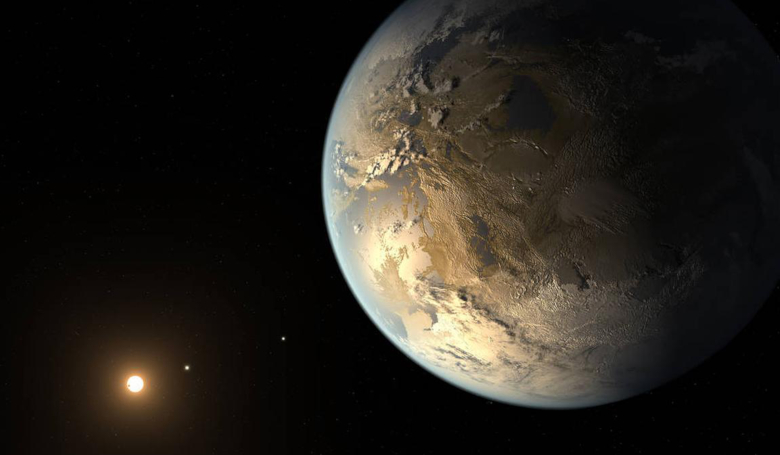In the hunt for life beyond Earth, one of the key factors in determining whether a planet might be habitable or not, is how iron-rich it is, say astronomers who in a new study have uncovered the likely mechanisms by which iron influenced the development of complex life forms.
As far as we know it, for life to exist it needs access to liquid water. But another element crucial for cell functionality, on Earth at least, is iron. Cells use iron for DNA replication, metabolism and gene expression – the process by which specific genes are activated to produce a required protein.
Although some organisms have evolved to use iron substitutes like manganese to make enzymes, such as Lactobacilli, a type of bacteria found in your intestines, and Borrelia burgdorferi, a spiral-shaped bacteria that causes lyme disease and syphilis, these examples are few and far between.
Indeed, as far as scientists are aware, these are the only two such organisms that do this - the rest of life on Earth depends on iron and one reason why life on our planet adapted to using iron is because there is plenty of it.
While it's impossible to know for certain the precise composition of the deeper layers of Earth, four elements alone make up almost 90 percent of the Earth's uppermost portion, or crust; oxygen, silicon, aluminum and iron.
Iron can also be found on all of our terrestrial neighbours in varying amounts. Mercury’s core for instance contains more iron than any other major planet in the Solar System but it lacks it in the mantle, while Mars’ is called the Red Planet because it has twice as much iron oxide in its outer layers as our own.
But its not just about where the iron is, but what form it is in and what it mixes with that is key and when it comes to our planet, it seems we hit it just right.
In the beginning, iron conditions on Earth would have been optimal to ensure water was retained on the surface, say scientists behind a new study headed by Jon Wade at the University of Oxford, UK.
This would have meant that pools of liquid water were able to survive for long periods, enabling life to get established.
Iron would have also been soluble in sea water, making it easily available to give those simple emerging life forms a jumpstart in development.
However, around 2.4 billion years ago oxygen levels on Earth began to rise leading to a period known as the "Great Oxygenation Event'
This increase in oxygen created a reaction with iron, which led to it becoming insoluble. Gigatons of iron dropped out of sea water, where it was much less available to developing life forms, say Wade and colleagues, forcing organisms to find creative ways for getting and using iron - a situation that led to the emergence of more complex organisms.
"Life had to find new ways to obtain the iron it needs," says co-author Hal Drakesmith, Professor of Iron Biology at the MRC Weatherall Institute of Molecular Medicine, University of Oxford. "For example, infection, symbiosis and multicellularity are behaviors that enable life to more efficiently capture and utilize this scarce but vital nutrient. Adopting such characteristics would have propelled early life forms to become ever more complex, on the way to evolving into what we see around us today."
Because our planet evolved in such a way that it had enough of an iron core to generate a magnetic field which helped shield the surface from incoming harmful radiation, and because there was enough iron left over in the mantle to conserve surface water, complex life was able to evolve. But what about other planets near and far away?
"It is not known how common intelligent life is in the Universe' says Prof Drakesmith. "Our concepts imply that the conditions to support the initiation of simple life-forms are not enough to also ensure subsequent evolution of complex life-forms. Further selection by severe environmental changes may be needed—for example, how life on Earth needed to find a new way to access iron. Such temporal changes at planetary scale may be rare, or random, meaning that the likelihood of intelligent life may also be low."
However , the team add, by knowing how important iron is in the development of complex life and by assessing the amount of iron in the mantle of exoplanets, it may now be possible to narrow the search for exoplanets capable of supporting life.











